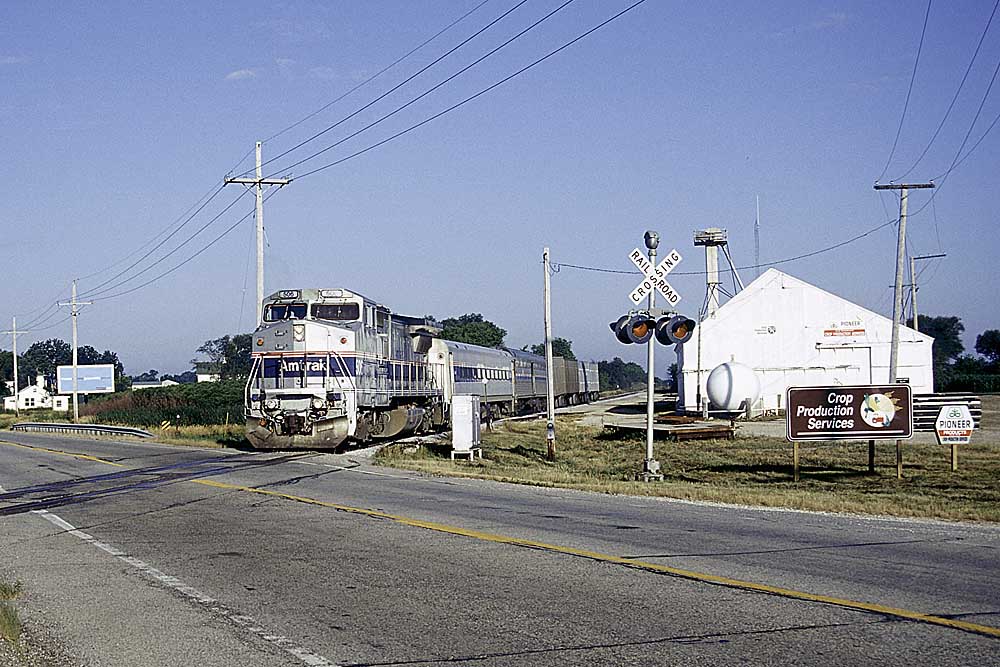
These eight forgotten Amtrak trains are largely unremembered by railfans today. The shortest duration lasted just short of 14 months. Black Hawk The Black Hawk began service on the Illinois Central Iowa Division main line between Chicago and Dubuque, Iowa, on Feb. 14, 1974. It operated at first with Budd Rail Diesel Cars […]
Read More…
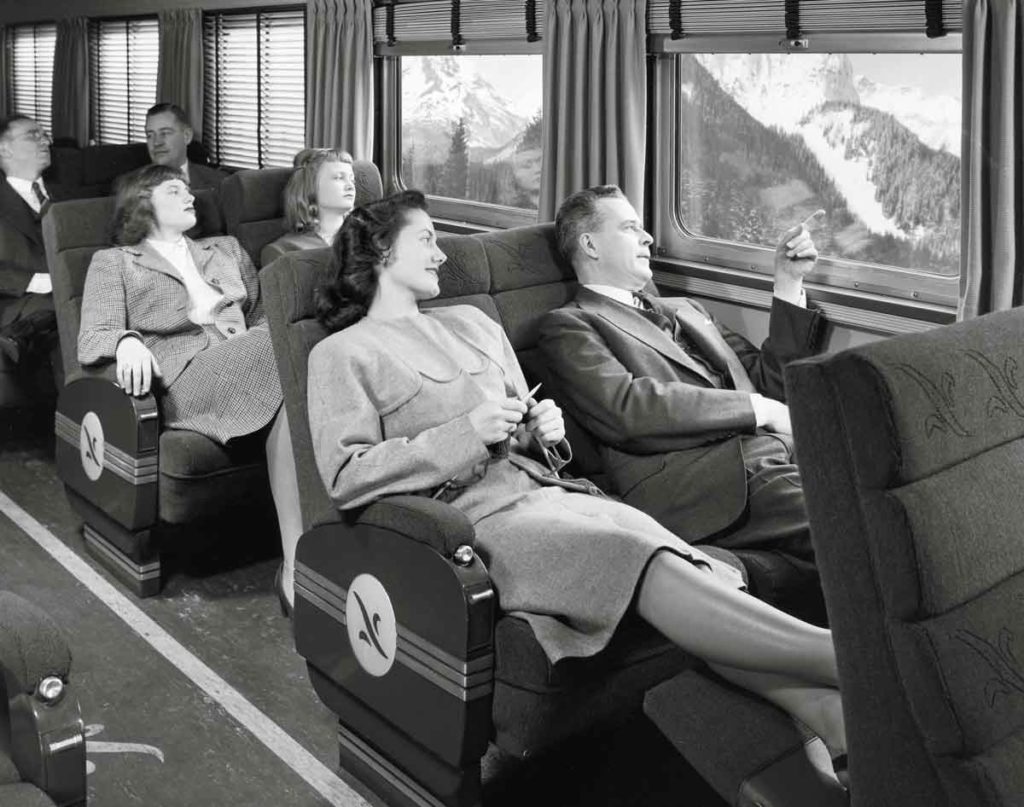
Great Northern’s 1947 streamlined Empire Builder featured 44-seat leg-rest coaches for long-distance passengers. GN photo […]
Read More…
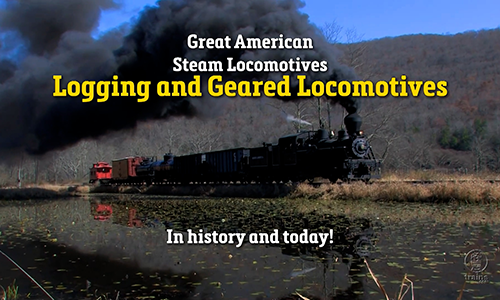
Great American Steam Locomotives: Geared and Logging DVD | 16128 Geared engines were some of the most unique steam locomotives ever built. They were designed to go into the woods, over very steep gradesand questionable track to bring logs or coal out to either a mill or an interchange with a mainline. Join Trains magazine in […]
Read More…
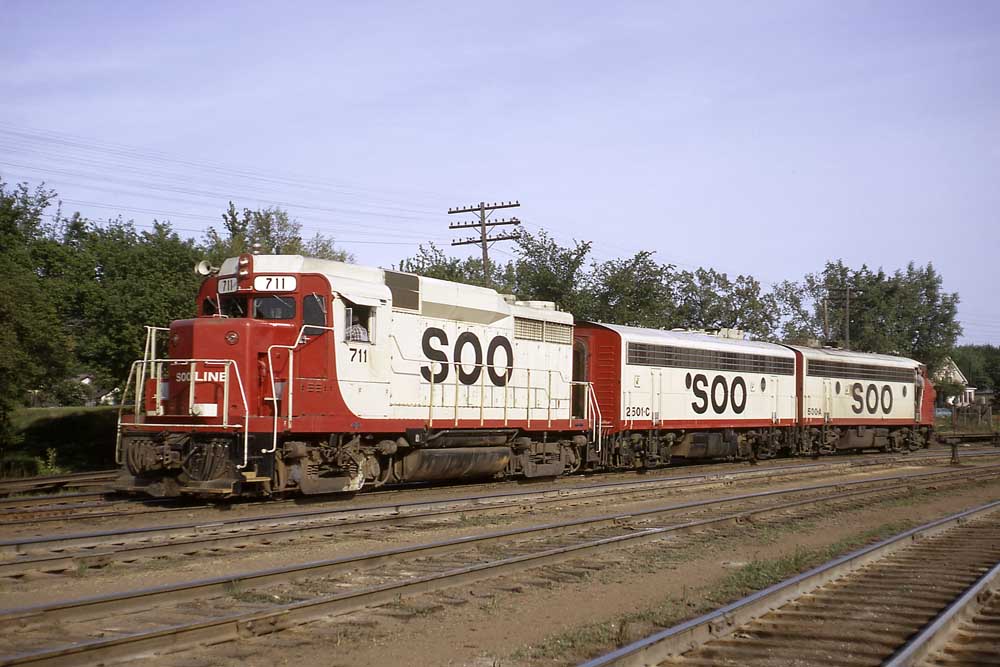
Soo Line diesel locomotives came from four builders and sported two distinctive paint schemes. The Minneapolis, St. Paul & Sault Ste. Marie had long been known by its nickname, the Soo Line. The railroad adopted that name officially in 1961 when it merged the Wisconsin Central and Duluth, South Shore & Atlantic, both […]
Read More…
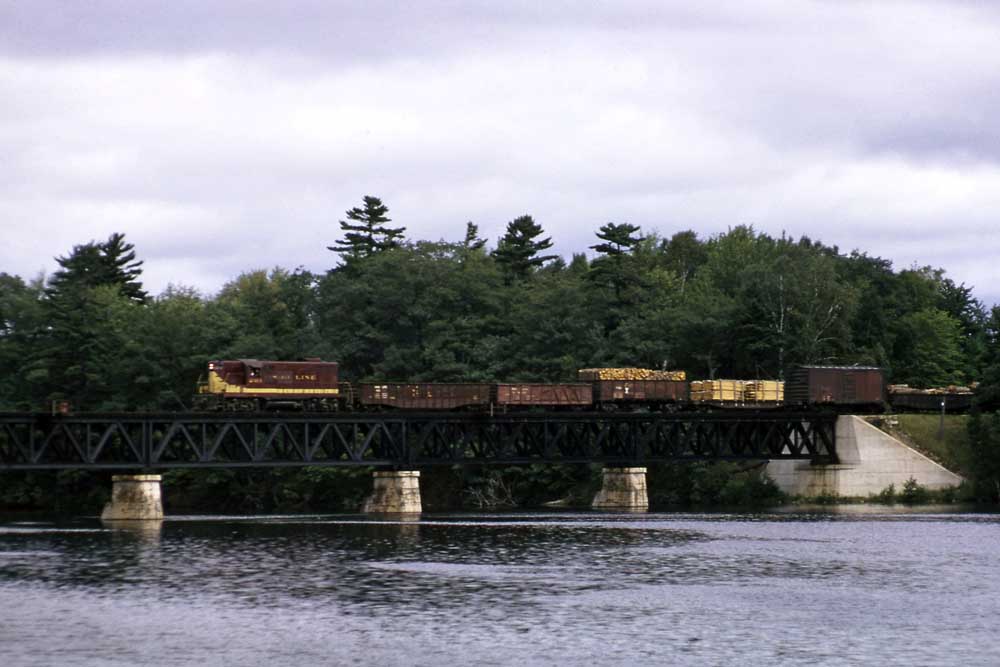
Soo Line history involves numerous subsidiary railroads. Seemingly hidden away in the north-central U.S., the Soo Line and its affiliated Wisconsin Central Railway did not receive the attention lavished on bigger neighbors Chicago & North Western and Milwaukee Road. Soo did not host a streamliner, went freight-only in 1968, and was bought by Canadian Pacific, […]
Read More…
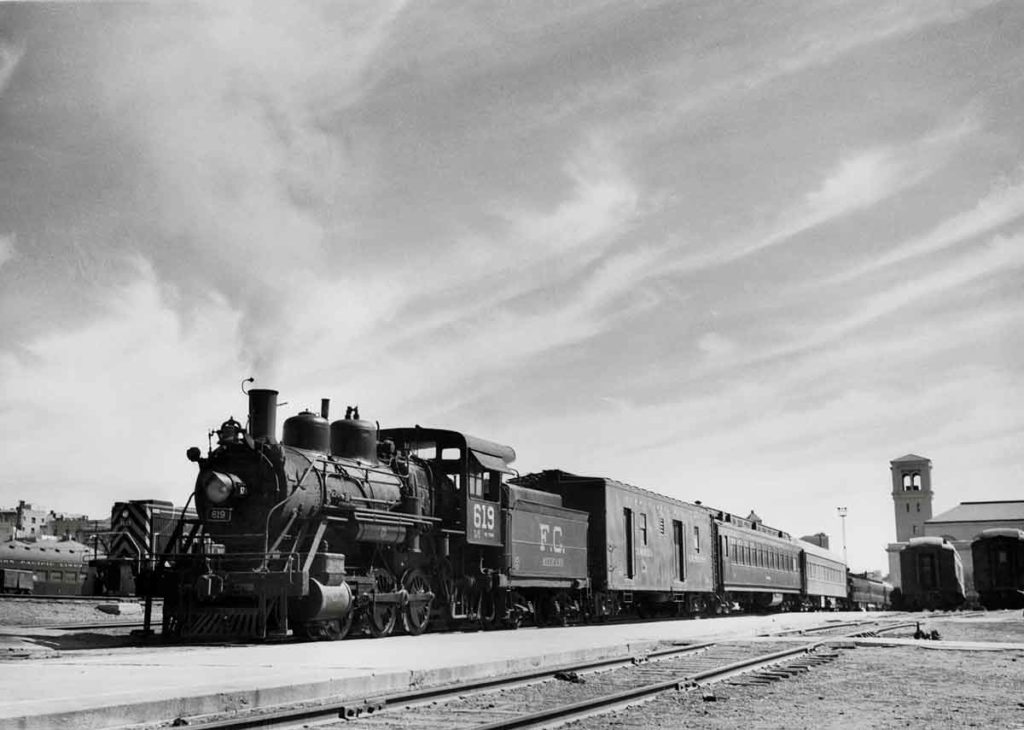
Ferrocarril Mexicano 0-6-0 No. 619 departs El Paso Union Station with the three through cars of Nacionales de Mexico train 8, El Presidente Juarez, in June 1950. The train will use Santa Fe tracks to the border bridge. At Juarez, an NdeM road engine will take over and more cars will be added. R. S. […]
Read More…
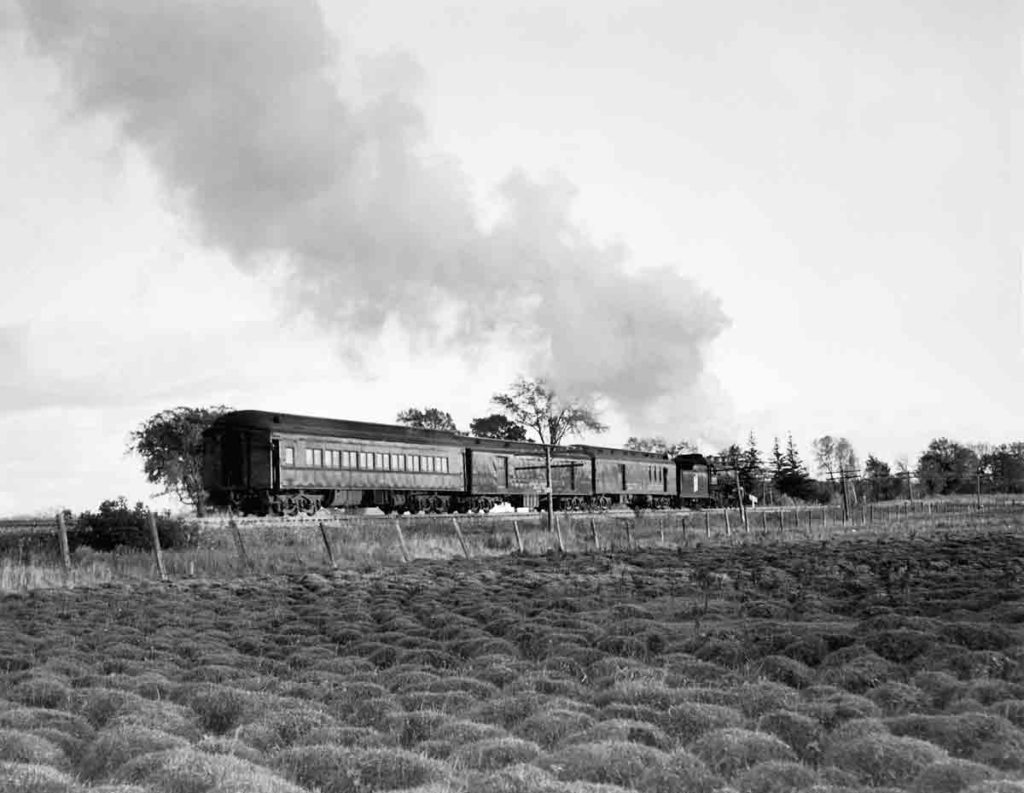
Soo Line passenger trains were simple affairs serving wide swaths of the rural Upper Midwest. While passenger service was not a big part of Soo’s business, the road strived to maintain quality service, and with partner CP, offered Canadian connections. In 1889 MStP&SSM inaugurated the Minneapolis-Sault Ste. Marie Atlantic Limited, among the first […]
Read More…
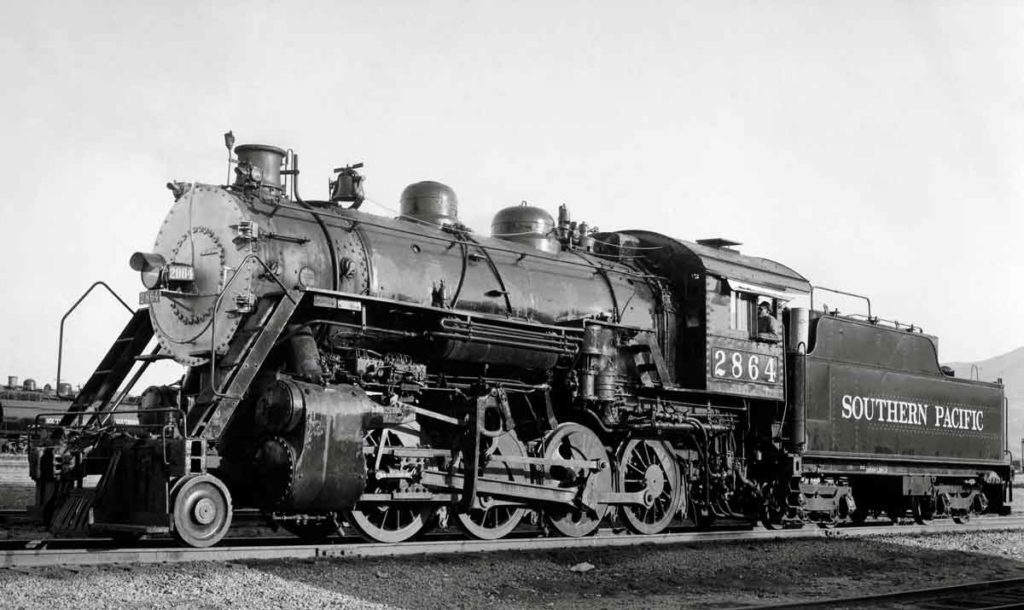
Southern Pacific 2864 was one of eight 2-8-0s transferred to California from SP affiliate Cotton Belt in 1956. Built during 1920–23, SSW’s 36 700-series engines were the road’s top freight power until 4-8-4s came in 1930. SP 2864 stands at San Francisco in April ’56. D. S. Richter photo […]
Read More…

Having arrived from Washington behind Richmond, Fredericksburg & Potomac E8s, the Miami-bound East Coast Champion stands at Richmond’s Broad Street Station with a fresh set of Atlantic Coast Line E units. William D. Middleton photo […]
Read More…
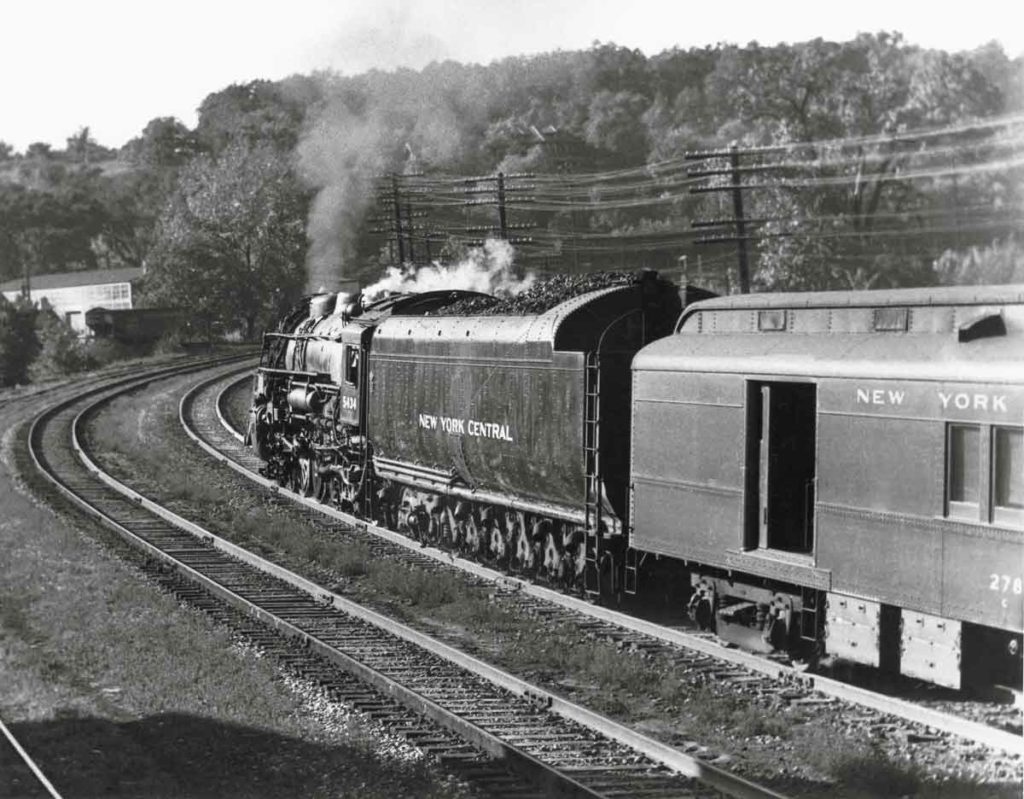
New York Central J-3a Hudson 5435 with a centipede tender departs Ann Arbor, Mich., with the Chicago–Detroit Twilight Limited in mid-1948. Stanley E. Yoder photo […]
Read More…
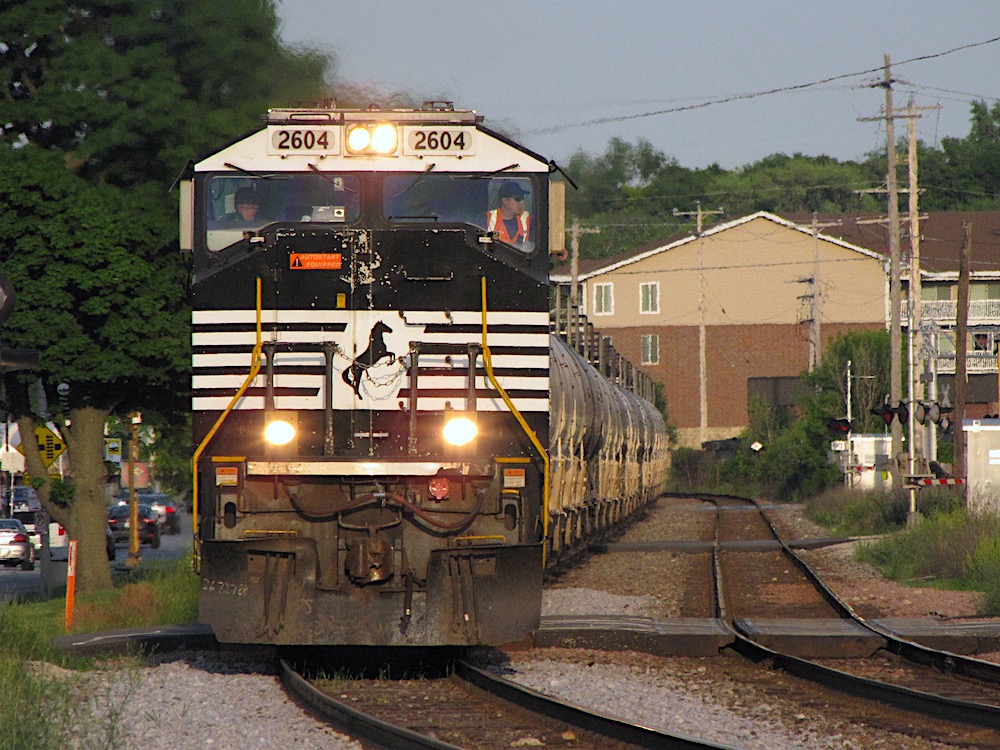
ATLANTA – In another reaction to the devastating Norfolk Southern derailment in East Palestine, Ohio earlier this year, NS has appointed Atkins Nuclear Secured to conduct an independent review of the company’s safety culture. ANS has decades of experience, with a focus on the nuclear sector, and is one of the world’s most respected firms composed […]
Read More…
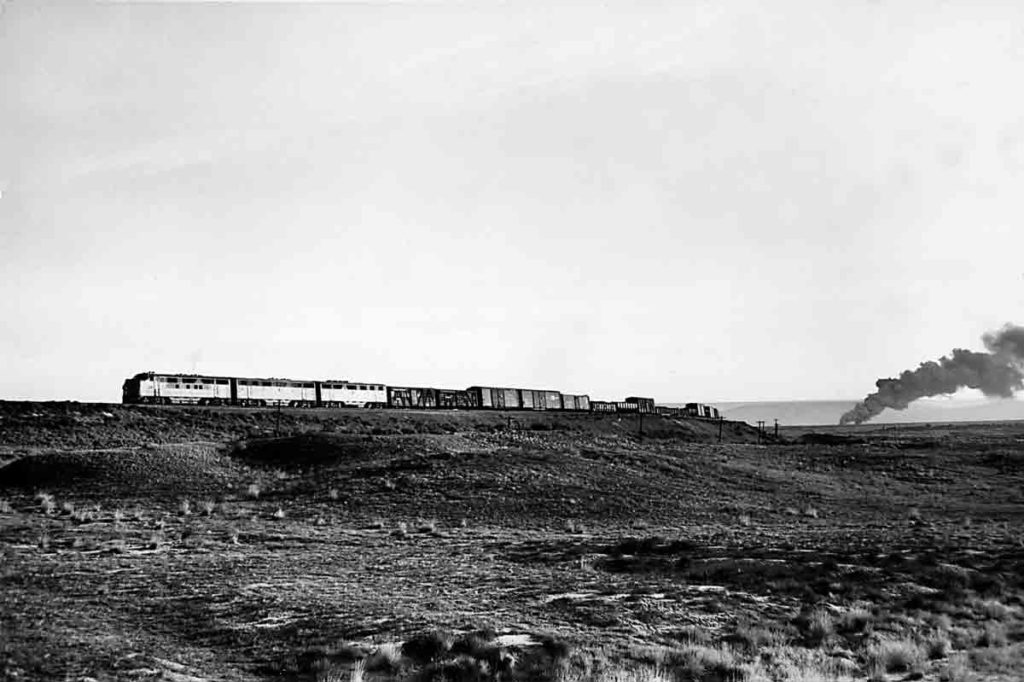
In the early 1950s, Union Pacific F3 units in A-B-B formation lead freight train 257 west up the nearly 2 percent grade to Reverse, Idaho, on the road’s main line to Portland, Ore.; 107 cars to the rear, two 2-8-8-0s assist the diesels. Henry R. Griffiths Jr. photo […]
Read More…












